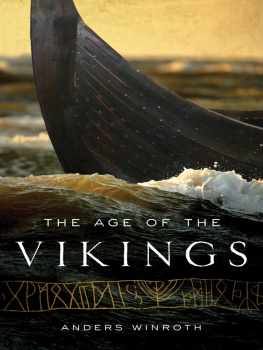Norse Warfare
A Portrayal of Combat, Raids, and Plunder in the Viking Age
2nd Edition
by Martina Sprague
Copyright 2017 Martina Sprague.
All rights reserved. No part of this book may be reproduced in any medium or form without the prior written consent of the author.
Acknowledgments:
Cover design: Martina Sprague.
Front cover foreground image (ship): Martina Sprague.
Front cover background image (map): Pinpin, reproduced under Creative Commons license.
Back cover background image (rune carving): C. C. Rafn, reproduced under Wikimedia Commons License.
Horse logo image (last page): CoralieM Photographie (slightly adapted), reproduced under Creative Commons license.
Other books of interest by Martina Sprague:
Swedish Volunteers in the Russo-Finnish Winter War, 1939-1940
We the People: New Socialism for a Modern World: A Brief Discussion About Freedom
For God, Gold, and Glory: A History of Military Service and Man's Search for Power, Wealth, and Adventure
Sun Tzu's Art of War: Profound or Ordinary? The Writings of the Great Chinese Sage Reconsidered from a Western Perspective
Knives, Swords, and Bayonets: A World History of Edged Weapon Warfare
Lessons in the Art of War: Martial Strategies for the Successful Fighter
Fighting Science: The Laws of Physics for Martial Artists
TABLE OF CONTENTS
INTRODUCTION
The focus of this book is a warrior race, the Vikings, who lived by a moral code different from that of their contemporaries in other parts of Europe. Norsemen of the Viking Age pursued a variety of occupations such as farmer, smith, merchant, and explorer. Only 2 to 3 percent of the male population engaged in raiding and even they were mostly peaceful when at home. But in battle they were ruthless and barbaric. Known for their savagery, the Vikings followed their own laws and defied those of other peoples. History is colored with the myths of these legendary Nordic warriors going berserk on hallucinogenic mushrooms and ignoring the rules of society by pillaging and plundering with no regard for God and human life. They refused to be dominated or bound by the precepts of others and took the fight to their opponents, invading and occupying many lands in northern Europe and Russia.
The Viking Age began in the late eighth century CE and spanned nearly three hundred years. Vikings inhabited the lands of northern Europe, mainly Norway, Sweden, Denmark, and Iceland, and were known by the various names of Norsemen, Rus, Svear, Goths, Danes, and Varangians (mercenary guards serving the Byzantine emperor); although, peoples under attack frequently referred to the foreign invaders as Norsemen or Danes. The term Viking is thought to stem from the Old Icelandic vikja (deviate or travel), or vik (bay), and to describe an individual who lurks in a bay areaa pirate. Viken, meaning "the bay," is the stretch of land between Oslofjord in southeastern Norway and Gothenburg on the west coast of Sweden. During the Viking era it was a heavily fortified stronghold and is mentioned extensively in the Icelandic sagas.

The Vikings frequently campaigned on home turf and fought their most ferocious battles against other Vikings, but they also traveled widely and engaged in conflict throughout most of Europe and Russia, whose leaders were in a state of almost continual warfare among each other. The Viking Age in general was a brutal time. Despite the lack of a centralized government, Vikings succeeded in terrorizing major civilized societies throughout the world for almost three centuries and their war history includes most of Europe where many of the battles were fought.
Skilled warriors both on land and at sea, Vikings reinforced their land warfare by attacking from the sea, and their sea warfare from the land. Combining land and sea battle was instrumental to their success. Ideally, land battles generally were short and quick, however, because the Vikings spent most of their time at sea where they were able to avoid other military organizations. The raids they mounted were on a relatively small scale, but their admirable seamanship, surprise attacks, highly developed ships, and outstanding fighting skill created a disproportionately large impact. Their swift battleships, carved with frightening dragonheads on bow and stern, could be sailed into the shallow waters of a bay and quickly dragged ashore. Once on land the Vikings fought with determination and ferocity. To their victims they appeared to be an unstoppable force that rendered resistance pointlessbetter, if possible, to run away and be spared. Viking plunderers were like a plague to those under attack. Monks described them as stinging wasps, fanning out in all directions, wrecking, robbing, and destroying. The Norsemen were seen as simple barbarians, backward and under-developed, but dangerous.
While Vikings plundered far beyond their native northern territories and raided the coasts of England, Scotland, Wales, Ireland, France, and Spain, they also engaged in exploring and trading, extending those activities to Russia, the Arab world, and the Americas. Their trading activities were no less significant than the raids; although, surviving accounts tend to focus chiefly on the latter because of their dramatic effect. Arabs welcomed the Vikings as trade partners, but Christians viewed them more negativelyunderstandably so, given the Viking penchant for killing monks and plundering monasteries. Vikings clung steadfastly to their pagan beliefs and for a long time gave no quarter to Christians trying to convert them. Alcuin of York, historian, scholar, churchman, and one of the best information sources of the time, interpreted the Viking attacks as God's punishment for declining moral standards.

Viking exploration and territories. Image source: Pinpin, reproduced under Creative Commons license.
* * * * *
For her study, the author relied on a number of primary and secondary sources and researched museums in Sweden, Norway, and northern Germany. Much of what is known about the Vikings is derived from Scandinavian finds, such as weapons, ships, jewelry, and runes that paint the picture of a sophisticated trade culture, and from a few written records, chronicled for the most part by victims of the attacks. Apart from those who carved the runes, the Norse population was illiterate, so records written by Vikings from the period under Norse Warfare study are few. The runes, written for posterity, reveal little more than the name of the person who raised the stone, the name of the person memorialized, social standing, praiseworthy deeds, if any, and cause of death. While they provide insight into the Viking value system and their notions of honor and heroism, they contain almost no information on Viking war strategies. Since the Nordic countries did not attain literacy until after Christianization was completed in the twelfth century, observations recorded in foreign chronicles provide most of what is known about Viking war history. These accounts include the Anglo-Saxon Chronicle , the Nestorian Chronicle (also called the Russian Primary Chronicle), the Alexiad of Anna Comnena , and the Gesta Normannorum by Dudo of St. Quentin. The chronicles tend to be fairly consistent as to events, but were written by clergymen who, like most Christian Europeans, knew the Vikings only as plunderers and destroyers. It is therefore understandable that the chroniclers likely had a biased opinion of these marauding pirates and exaggerated the horrors they experienced on encountering a fleet of pagan Viking longships.
Next page

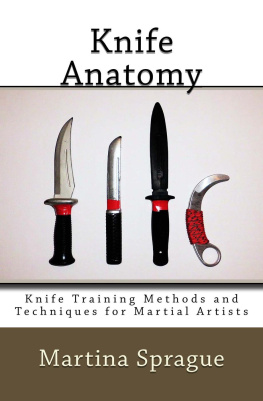
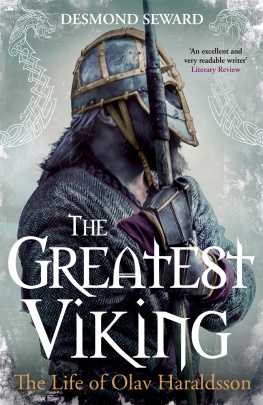

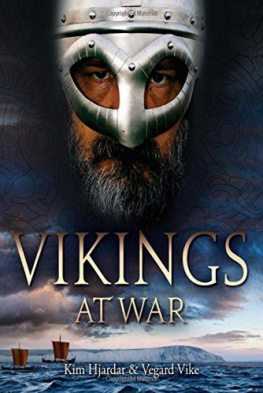
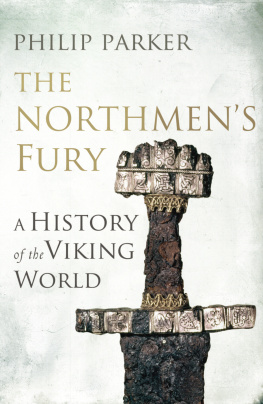
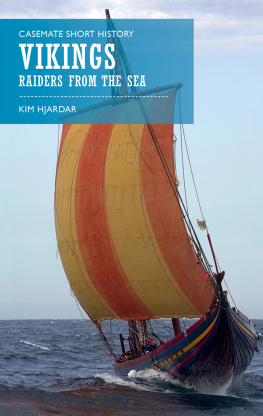

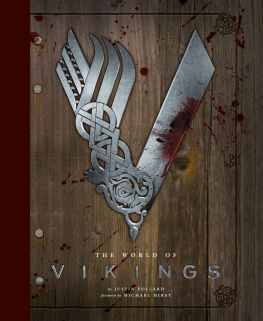
![Haywood - Viking: The Norse Warrior’s [Unofficial] Manual](/uploads/posts/book/98981/thumbs/haywood-viking-the-norse-warrior-s.jpg)
